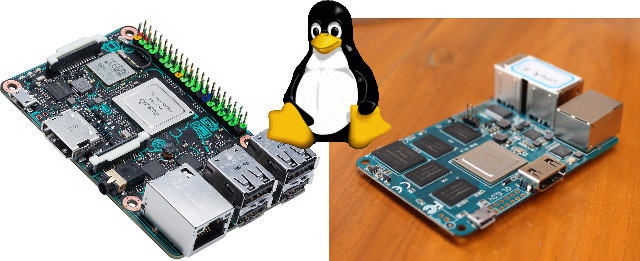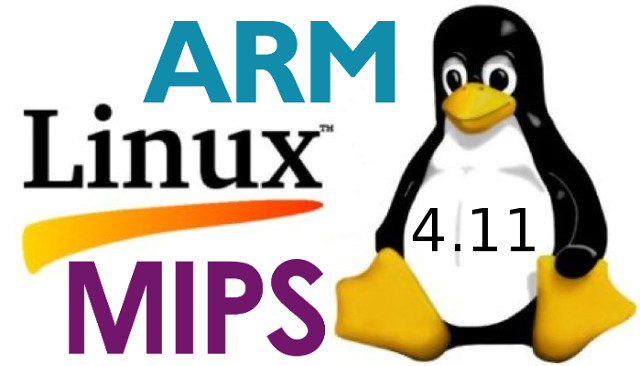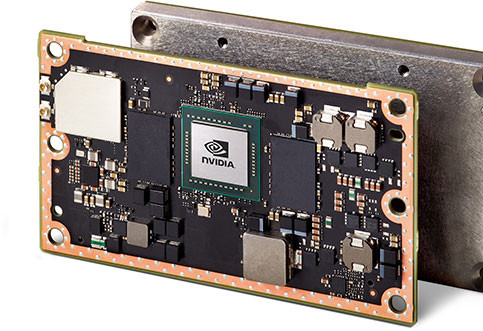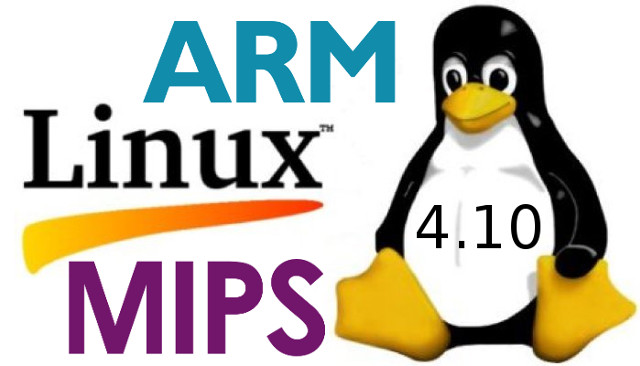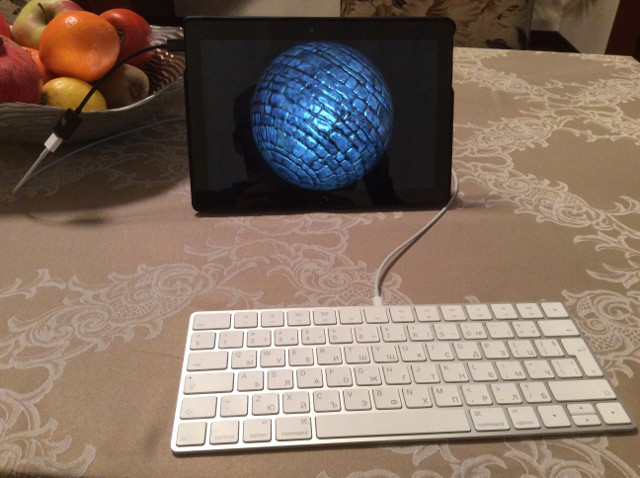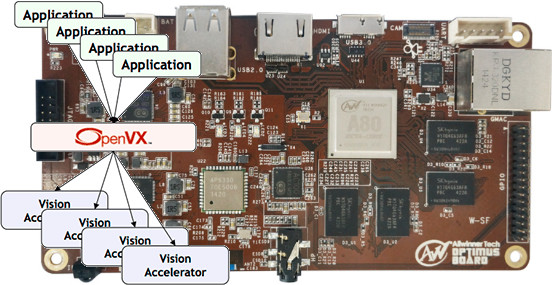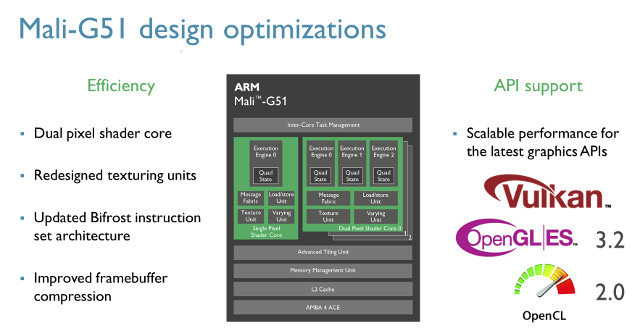One day after the release of Linux 4.11, developer “Miouyouyou” has released Linux 4.11 for Rockchip RK3288 platforms such as MQMaker MiQi and ASUS Tinker boards with some patchsets for ARM Mali r16p0 kernel drivers, ARM fbdev, and to improve performance. The kernel has been tested with the Mali User-space r12p0 drivers for fbdev and wayland written for Firefly-RK3288, and some OpenGL ES 3.1/3.2 samples could successfully run on the board. 3D graphics acceleration does not work in X11 however. Miouyouyou also plans to add support for Rockchip VPU code, as well as ARM gator, and document how to use ARM DS-5 Streamline for OpenGL ES 2.x/3.x debugging. If you have a MiQi or Tinker board running Debian, you can try the kernel by adding beta.armbian.com Debian repository to your apt source file, and installing the following packages:
|
1 |
apt install linux-image-dev-rockchip linux-headers-dev-rockchip linux-dtb-dev-miqi |
Via linux-rockchip G+ community. Jean-Luc Aufranc (CNXSoft)Jean-Luc started CNX Software in […]


